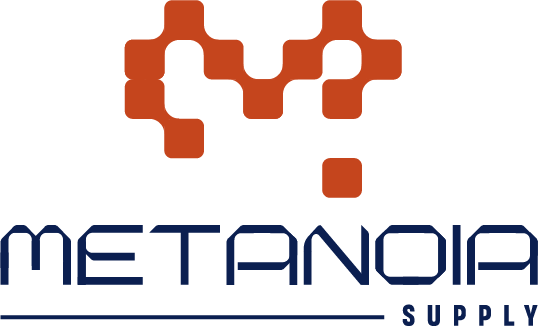Metanoia company has the ability to supply ferromanganese in the tonnage and conditions requested by respected consumers, due to its wide communication network with domestic producers, China, India, etc., and the extent of its office in UAE, Iran, etc.
Ferro manganese
Before examining the nature and performance of ferromanganese, the question that is good to address is why elements in their pure form (manganese, chromium, silica, etc.) are not used in the steel production process? In response to this question, it is necessary to explain that many of these elements have a very high melting point, and this issue makes their use in metal melting difficult. In this regard, the use of iron-based alloys helps to solve this problem
It is good to know that the most common deoxidizer that the iron and steel industry cannot work without is Ferromanganese. Free manganese is a white metal with a pink color; Ferromanganese also has a pink color, but it has a much larger crystal structure than the element manganese. The main components of this ferroalloy are iron and manganese. In other words, ferromanganese with the chemical formula (MnO2Fe2O3) is an alloy with 70 to 90% manganese and is used for desulfurization and oxidation of molten steel. It is worth mentioning that the use of manganese in the steel production process increases the strength of steel and can replace nickel in austenitic steels. In general, the use of manganese in steelmaking helps to achieve the following results
- Hardness of molten steel increases.
- Metals are resistant to corrosion.
- Increases the resistance of steel against breakage.
Key features of ferromanganese
Ferromanganese is an alloy consisting of iron, manganese and carbon.
- Manganese content in this ferroalloy is mainly between 30 and 80% and its carbon content is between 2 and 8%.
- This ferroalloy is produced by smelting iron ore and manganese, mainly in the reduction furnace (which is also called the underwater electric arc furnace (SAF)) and to a lesser extent in the blast furnace.
Major consumption of ferromanganese
It is worth mentioning that in the general structure of manganese consumption, more than 90% of this element’s consumption is related to the steel industry and in the form of different manganese ferroalloys. This is why pure manganese is not usually extracted from ore! Rather, a high percentage of manganese is obtained as ferromanganese and a product consisting of iron and carbon (a ferroalloy containing 70 to 90 percent manganese).
In general, the average consumption of manganese in the steel industry in different countries of the world depends on various factors, including the following:
- Grade and grade of molten steel
- Method of metal production (oxygen converter, electric furnace, open oven)
- Technological processes, etc
In general, all kinds of steel grades and alloys necessitate the production of manganese and manganese ferroalloys in a wide range. It is good to know that in CIS countries, the specific consumption of ferromanganese is high and varies between 7 and 9 kg per ton of steel.
Ferromanganese production
In general, most manganese is obtained in the form of ferromanganese and in the form of an alloy containing about 80% of manganese and obtained from the joint reduction of manganese and iron oxides. The production of this ferroalloy is carried out in blast furnaces with electric arc heating or in electric furnaces with forced heating (electric furnace ferromanganese with reduced carbon content – up to 2%). This ferroalloy is used in ferrous metallurgy to deoxidize steels, extract sulfur from them and alloy special steels.
It is worth noting that since manganese is mainly used as an additive in different grades of steel, pure manganese is usually not melted! Rather, ferromanganese is used in the melting process. Manganese is also obtained from electrolysis of MnSO4 aqueous solution. A small amount of metallic manganese is also easily prepared in the laboratory by aluminothermy method.
